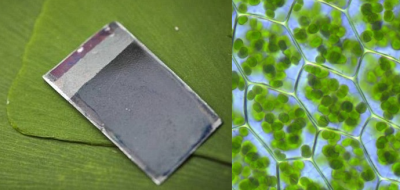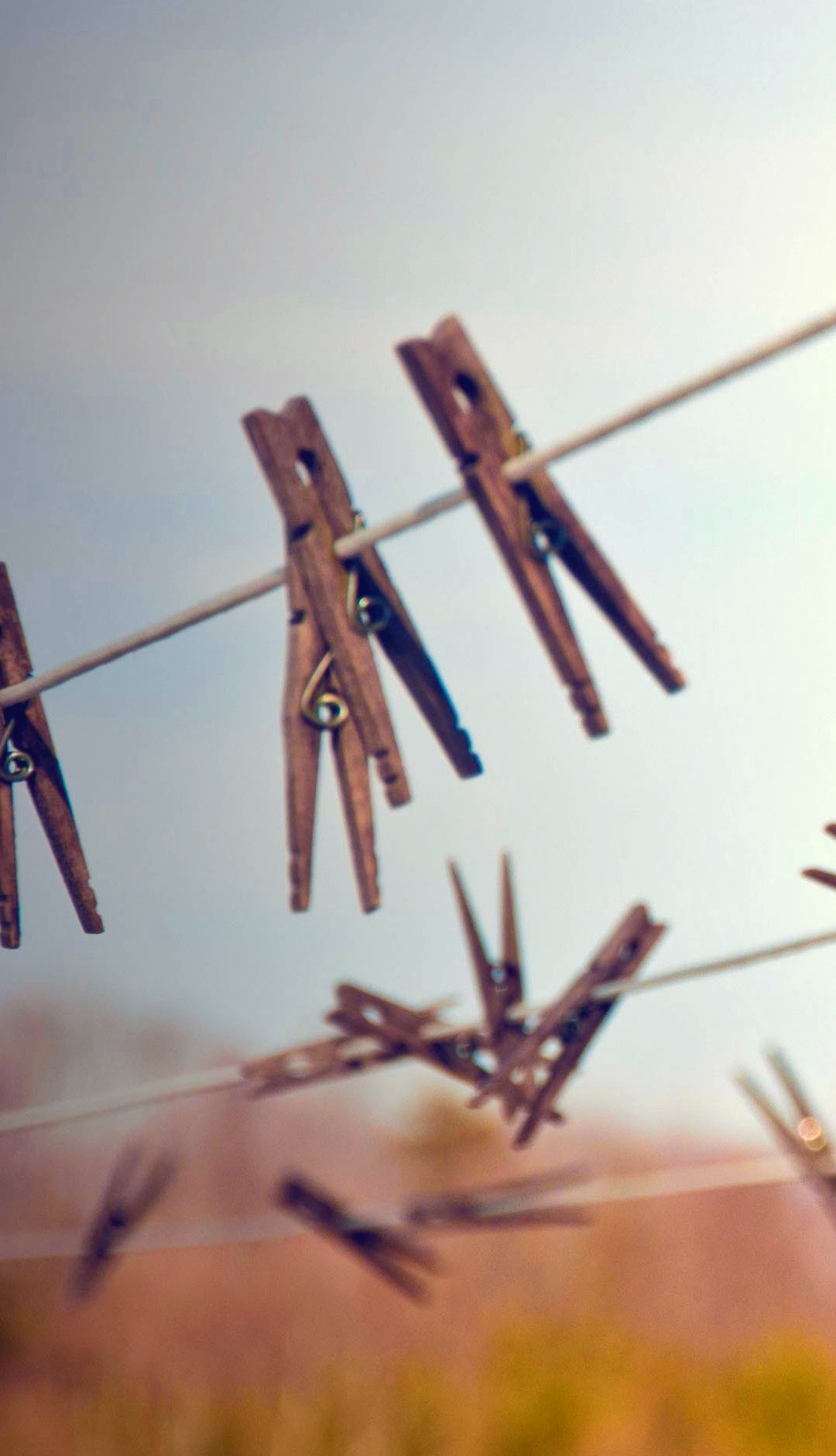
For nine years, Pipeline Fighters and Water Protectors have been fighting the Keystone XL pipeline, which is abusing eminent domain for private gain, trampling sovereign rights, and threatening our land, water and climate. The final regulatory hurdle for KXL is at the Nebraska Public Service Commission (PSC), which is planning a week-long public hearing August 7-11 in Lincoln, Nebraska. Nebraska is the last stand, and the PSC will be voting on whether to accept or reject TransCanada’s permit application. On the eve of the hearing, BOLD Nebraska calls on all Pipeline Fighters to join them in Lincoln for the March to Give Keystone XL the Boot, on Sunday, 6 August 2017, 3:00pm-5:30pm. The march will proceed from the Cornhusker Marriott Hotel to Nebraska State Capitol (1445 K St, Lincoln, NE 68508: map)
Hundreds of Nebraskans from throughout the state will join in, including the nearly 100 brave landowners who for nine years have resisted TransCanada’s bullying and eminent domain, and refused to sell their land for the pipeline. Marching alongside them will be our Native brothers and sisters who have also been fighting KXL since the beginning. March sponsors of Bold Nebraska, the Sierra Club, and 350.org are organizing buses from a variety of cities to travel to Lincoln for the March. More details coming soon, including the exact march route, bus departure cities and times, and other events occurring around the March and the week of public hearings before the Public Service Commission. Stay tuned at – March to Give Keystone XL the Boot.

During the 1970’s energy crisis, Daniel Nocera became interested in the chemistry of plant photosynthesis as the best source of energy. Most of society’s energy derives from photosysnthesis, stored chemically in plant cells. Eating plants or animals that ate plants provides personal energy, and up to this point, industrial energy has come from the stored sunlight of fossil fuels. Nocera decided that the best long-term energy solutions would be plant based. By 2011, he felt his understanding of plant chemistry sufficiently enabled him to replicate solar energy conversion as performed by vegetation. Nocera unveiled his artificial leaf, “a cheap, playing-card-size coated-silicon sheet that, when placed in a glass of tap water and exposed to sunlight, split the water into hydrogen and oxygen”. This process released the hydrogen (H2) for use as a fuel.
The implications of the artificial leaf are that water could be a ready source of fuel. Methods to electrochemically split water into hydrogen and oxygen by electrolysis have been around for a long time, but mostly rely on fossil generated electricity to do it. Renewable energy electrolysis is also being done, but requires sophisticated and expensive solar panels or wind generators. The artificial leaf is simpler than these technologies. Rather than electrodes in water connected to an external source of electricity, the artificial leaf makes its own electricity while submerged, directly generating hydrogen (H2).
Another big hurdle for electrolysis is that water’s chemical bond resists molecular rearrangement. To overcome this, expensive methods are tpically needed such as increased voltage, adding chemicals, or using catalysts. After several experiments, Nocera and his colleagues used plentiful and cheap cobalt, suplemented with a phosphate buffer. Unanticipated, the cobalt and phosphate had combined on their own into a highly effective, low-cost catalyst, which coated the electrode. Nocera’s catalyst was self-generating, and re-formed after decomposing during the process. They had discovered a regenerative electrolysis – the artificial leaf. Beyond being a one-stage hydrogen generator made from cheap materials, the other huge attribute is that swarms of tech support aren’t needed around the world to maintain the technology.
All this means that the artificial leaf can provide energy independence to everyone everywhere. Nocera’s goal from the beginning has been to provide inexpensive low-tech energy for the billions of impoverished people of the world. Cheap materials and extremely low maintenance does just that. What might be considered the down-side is that it operates at minimal power level, but enough for sufficiency lifestyles. “Nocera’s vision for the world’s poorest people is of a gridless, decentralized energy system, in which every dwelling has an artificial leaf on its roof. When the sun shines, the leaf splits water, about a litre and a half per day, and after dark the residents burn the hydrogen in an inexpensive micro-turbine, which generates electricity till dawn at an average rate of about a hundred watts”. This quantity of hydrogen doesn’t need expensive high-pressure tanks, but can be stored in ordinary metal tanks, at modest pressure.
The artificial leaf doesn’t pack a punch. It doesn’t lend itself to making H2 in quantities for high pressure storage that can power a Tesla Roadster from zero to 140mph in 9 seconds. It’s not for what Nocera calls the “legacy world”, the fortunate minority of the earth’s population who live consumptive lifestyles exploiting fossil fuels and other inhabitants. The artificial leaf is a technology that operates at a solar pace for people living on a solar budget. “The poor are helping you”, Nocera told an audience in Aspen, “because they’re going to teach you how to live for the future”. Read more at – Daniel Nocera’s Artificial Leaf.

What’s the cleanest most efficient form of transport? What is the most cost effective solar technology? When considering, don’t mistake sophistication for elegance. If humans want to fix our society before it all implodes, we need to chose solutions that actually reduce our carbon and energy footprint, and not give us false positives. The original list of seven sustainable wonders of the world was started in 1997 By Alan Durning of the Sightline Institute (highly recommended group, BTW). The amazingly brilliant system analyst, Donella Meadows (now deceased), heard of the list in 1999 and expanded upon it. What these whole systems thinkers considered truly sustainable technologies are any basic yet revolutionary technologies that allow humans to live gently on the Earth. What qualifies for the list, to paraphrase Donella Meadows, is “kindness to the earth and to human health, accessible to anyone, locally made, inexpensive to obtain and maintain, mostly old in concept with versions that have evolved in many cultures, runs on solar energy with no pollution, reusable, and biodegradable” – Seven-Plus Wonders of Sustainability. Here’s the list:
The bicycle — the most energy-efficient form of transport ever devised. It doesn’t emit pollution, it runs on renewable energy, it makes its user healthier, it’s easy to repair, it requires little in the way of pavement or parking lot, and 80 percent of the world’s people can afford one. (Only 10 percent of the world’s people can afford a car.)
The clothesline — even more affordable than the bicycle, just a length of rope, runs on solar energy, no electricity, no pollution, and your clothes come out smelling sweet.
The ceiling fan — a fan makes a space feel 9 degrees F. cooler than it really is. A typical ceiling fan draws no more than 75 watts, only one-tenth as much as an air conditioner.
The condom — protects against some of the world’s worst diseases, gives parents control over the size and timing of their families, helps control population growth. Those are big jobs for a flimsy tube of rubber.
The public library — the written wisdom of the world at the fingertips of anyone with a library card! The average American pays $20 a year in taxes to support public libraries. A book that is loaned ten times cuts not only cost but paper use per read by a factor of ten.
The root cellar — temperature controlled by the earth, a way of storing many vegetables and fruits without moving parts, canning jars, boiling or freezing.
The basket — baskets, made all over the world by skillful hands out of renewable, biodegradable material, are lightweight, strong, beautiful, and reusable over and over.
Meadows goes on and on, and so can you: the olive tree, the sari, the compost pile, the knitting needle, the canoe. . .




Recent Comments